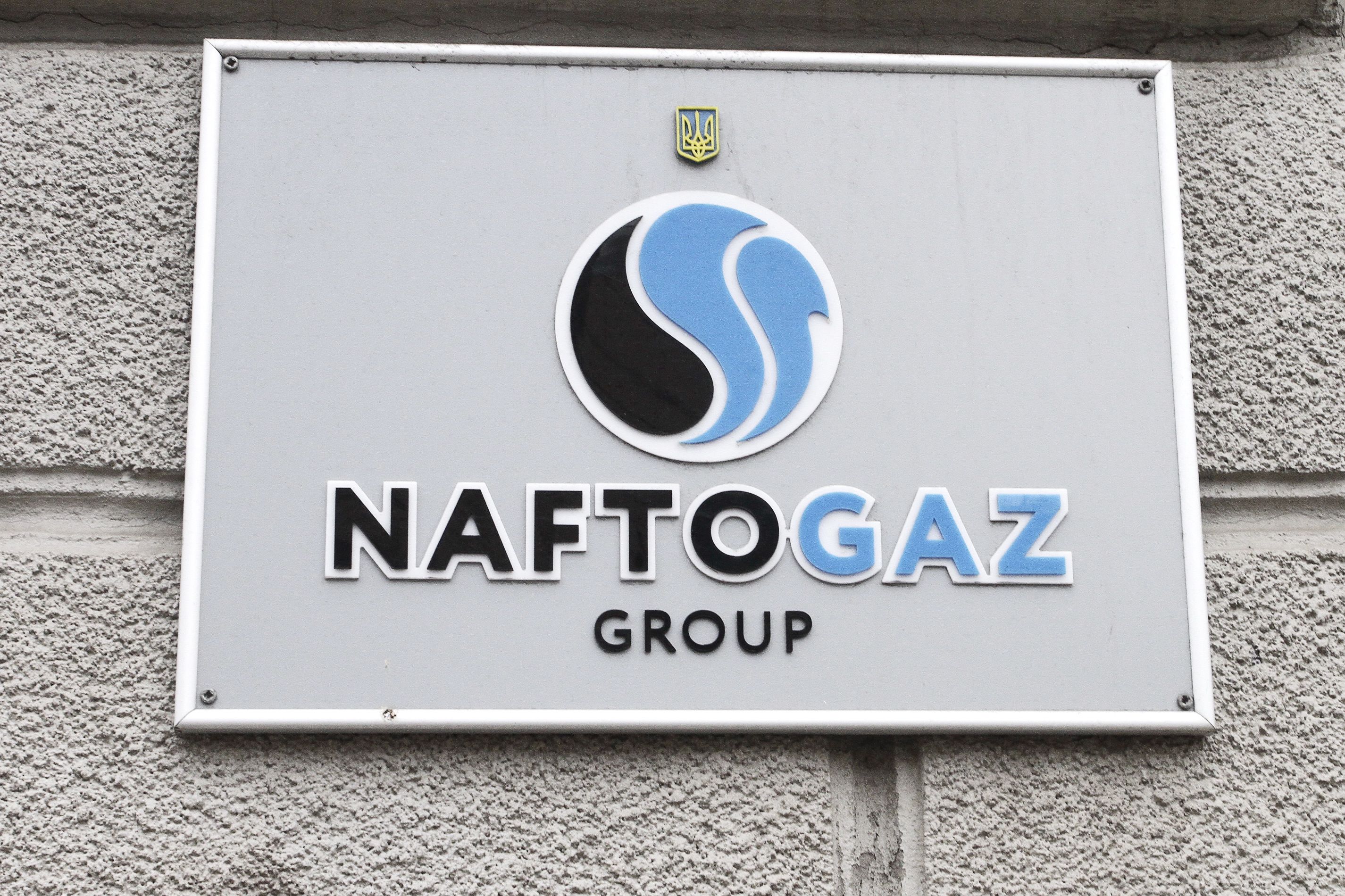Trilateral Gas Talks on Future Russian Gas Transit via Ukraine

Context
The gas-transit negotiations involve Russia’s and Ukraine’s energy ministers, the representatives of the national gas companies of both states, Gazprom and Naftogaz, respectively, and the EU, with the Commission as mediator. The talks had resumed in 2018 but quickly stalled. Trying to break the deadlock, in January, the EC proposed a 10-year contract for the transit of 60 billion cubic metres (bcm) of natural gas per year. This did not, however, spur further negotiations—the Russians deferred, hoping for a favourable outcome of the Ukrainian presidential and parliamentary elections. The pro-Russia party lost, however, and new leaders (though more supportive of talks with Russia) have not decisively changed the approach. As well, the management of Naftogaz have so far remained in their posts.
For Gazprom, other negative developments include the amendments to the EU’s Gas Directive that were adopted this year. Their application to the Nord Stream 2 (NS2) gas pipeline project, which bypasses Ukraine to Germany, could make an arbitrary gas transit cut more difficult for Gazprom, potentially decreasing NS2’s profitability. To avoid this, the company constructing NS2 started legal action in July before the Court of Justice of the EU to annul the amendments and, in September, initiated arbitration with the EC under the Energy Charter Treaty, claiming the amendments are discriminatory.
Furthermore, the construction of NS2 was significantly delayed by Denmark's late approval. Gaining the permit itself should be viewed as a success for Gazprom but the date of approval—30 October—means NS2 will not be finished before mid-2020, compared to the Russians’ initial goal of 2019. Moreover, the available capacity of the existing NS1 pipeline was limited after the EU court’s ruling on its onshore connection, OPAL, this September.
Meanwhile, Ukraine has struggled for several years to complete the unbundling of its gas transmission system (GTS), which will be managed by a company separate from Naftogaz, therefore operating in compliance with EU rules. The operator should start working independently on 1 January 2020, but to do so requires certification (confirmation it meets the EU’s requirements) by the EU, which is pending. This reform will improve the transparency of the state companies, ease obtaining investment, and improve Ukraine’s credibility vis-à-vis the EU.
Ukrainian Gas Route and Alternatives
The EC wants the negotiations to focus on technical issues: the proposed 10-year transit deal should ensure the profitability of the GTS and the reliability of Russian gas supplies. If Gazprom books more capacity for a longer period it would mean lower transit costs for the Russian company. However, the Russians have been insisting on only a one-year deal, which clearly shows they are only interested in transit via the GTS until alternate routes are online, after which Ukrainian transit will be reduced to a minimum, undermining GTS’s profitability. The lack of a deal will not mean the Russian exports stop: once the technical issues are agreed, Gazprom will have access to the GTS from 2020 anyway, after Ukraine implements the EU rules to its GTS (guaranteeing non-discriminatory access for all gas shippers).
However, in the short-term perspective, the GTS will remain an important transit route. The National Bank of Ukraine estimates gas transit via the GTS in 2020 will be around 50 bcm, or 35% of its capacity (compared to 87 bcm in 2018 and similar estimated figures for 2019, even though Gazprom should transit at least 110 bcm a year, according to the current contract). There are two reasons why it will remain important. First, the OPAL verdict means that the available capacity of NS1 is reduced by around 12 bcm. Moreover, as of 1 January 2020, there won’t be new alternatives for the GTS because the NS2, with 55 bcm capacity, will be finished no earlier than mid-2020, and its two onshore strings in Germany still have to be completed (27.5 bcm each, the first should be finished by the end of this year and the second by the end of 2020).
Russia’s Tactics
The Russian side had been trying to undermine Ukraine’s credibility in the talks by offering an extension of the current transit contract, which would make unbundling impossible. The EC and Naftogaz have rejected the offer, and after the elections, the work on unbundling accelerated. During the September negotiations, these two sides agreed that the new deal should be compliant with EU rules and Russia also demands assurances these will be implemented. President Vladimir Putin announced Russia’s readiness to agree to a transit deal if Ukraine manages to implement the EU rules, otherwise, the president said, the current deal should be extended.
With Ukraine trying to finish the reform implementation by the end of the year, just before the expiration of the current contract, it serves as Russia’s trump card, giving it the chance to pressure Ukraine for concessions. Also, by stressing the need to apply EU rules, Gazprom wants to secure non-discriminatory access to the GTS from 2020. Russia also is trying to focus EU attention on Ukraine’s late implementation of the rules, likely as an excuse to find new obstacles to constructive negotiations. For instance, the delays on the Ukrainian side means the certification of its operator by the EU has been pushed into December. That would give Russia the opportunity to link the gas negotiations with the Normandy Format talks planned for December or to delay the transit talks into 2020.
Russia also wants to use the negotiations to force the Ukrainians to drop Naftogaz’s $2.56 billion arbitration award claim against Gazprom, to withdraw other legal claims, and annul the antitrust fine on the company levied by Ukraine’s Antimonopoly Committee. This is supported by both Gazprom, the Russian Energy Ministry, and Putin himself, who publicly suggested that dropping these claims is necessary to reach a transit deal. The EC and Naftogaz have rejected these demands—though the Ukrainian company will allow a deal in which Gazprom repays the $2.56 billion owed, plus interest, with gas supplies—and the Ukrainian company initiated a new arbitration claim against Gazprom’s actions aimed at bypassing transit via Ukraine. Naftogaz’s management has declared it will withdraw the latest case if a new long-term transit deal that complies with EU rules is signed. Gazprom’s opposition to such a deal has also been motivated by the fact that the new arrangement would make it easier for Ukraine to attract investors in the GTS.
During the negotiations, the Russian side started to raise the separate issue of the volume of Gazprom’s gas supplies to Ukraine after 2019. Earlier, despite the arbitration verdict, which obliged Naftogaz to buy at least 4 bcm per year from Gazprom in 2018–2019, the company refused to supply gas. Currently, however, both sides have started to discuss the possibility of Gazprom repaying the debt with gas supplies.
Perspectives
The current situation is dynamic and natural gas issues probably will be discussed during the Normandy Format summit scheduled for 9 December (e.g., during a Zelensky-Putin meeting). Russia might suggest a partnership (and/or supplies of cheap gas to Ukraine) in exchange for concessions. This could be a part of Russia’s wider diplomatic effort to seek closer cooperation with some EU countries and to push for a favourable outcome of the Donbas status negotiations. Russia might also put forward new demands, interpreting, for example, the French initiative for rapprochement as readiness for concessions.
Moreover, Russia wants to force Naftogaz to drop its financial claims. The significance of this issue is confirmed by Putin’s own personal and public declarations. On the other hand, Ukraine and Russia reaching a gas-transit agreement cannot be ruled out; the bilateral meeting at the end of November between the ministers with company representatives from both countries (including the Ukrainian operator) on technical issues might be interpreted as a sign of a deal in the works.
Record high gas-storage levels in the EU (including facilities owned by Gazprom) might also encourage Russia to prolong the talks to pressure Ukraine, EU countries, and the new EC. This would increase natural gas prices in Europe but not lead to a supply crisis, against which both the EU and Ukraine are secure. Considering this, the EC and EU Member States should not pressure Ukraine or Naftogaz for additional concessions but continue to demand the Ukrainian authorities complete the reforms.


